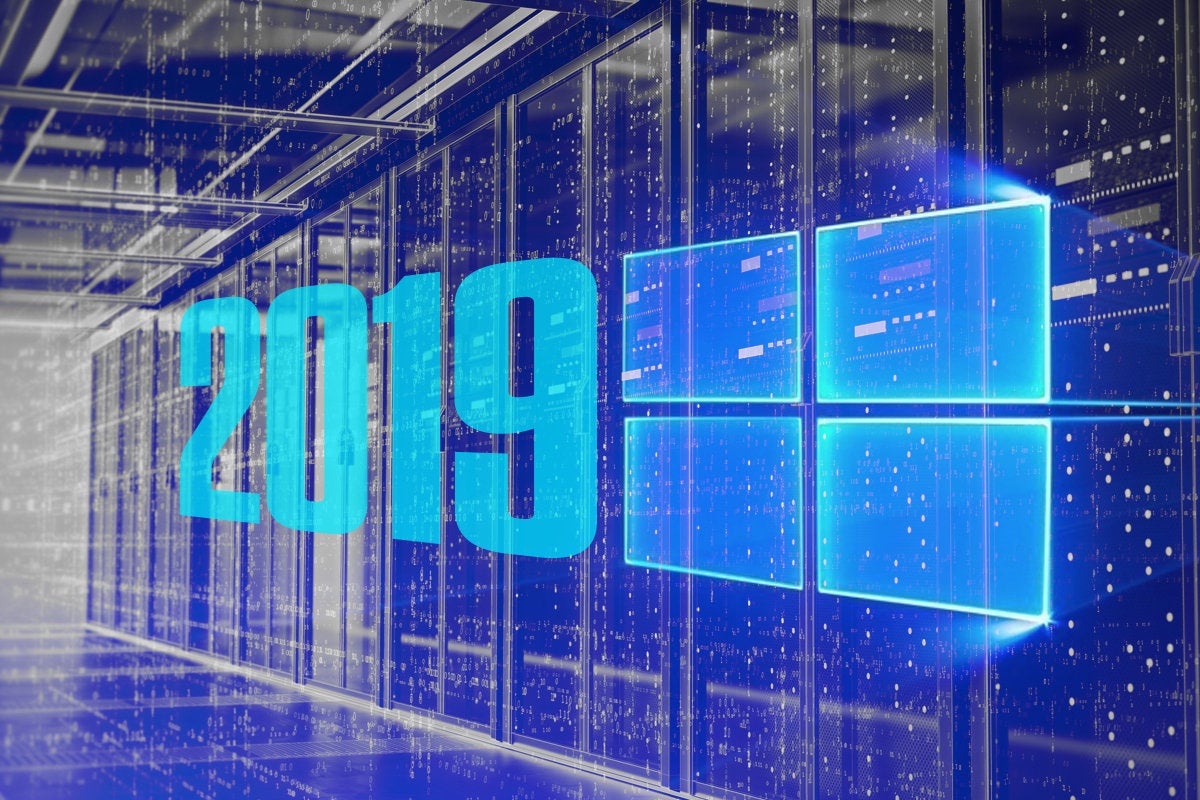Walking With AI: How to Spot, Store and Clean the Data You Need

Machine learning initiatives are as diverse as companies themselves. Think critically about what sort of examples you need to train your algorithm on in order for it to make predictions or recommendations. For example, an online baby registry we partnered with wanted to project the lifetime value of customers within days of signup. Fortunately for us, it had proactively logged transaction data, including items customers added to their registries, where they were added and when they purchased. Furthermore, the client had logged the entire event stream, rather than just the current state of each registry, to maintain a database record. The client also brought us web and mobile event stream data. Through Heap Analytics, it had logged the type of device and browser used by each registrant into its transactional database. Using UTM codes, the registry company had even gathered attribution data, something collected for all or most marketing activities by just 51 percent of North American respondents to a 2017 AdRoll survey.
The SOA Journey: From Understanding Business to Agile Architecture

If the monolith ceased to implement its responsibilities in such a way that it satisfies business, if the development pace slows down, then something definitely needs to be done to fix this. But before that, apparently, you need to find a reason why is that so. In my experience, the reason is always the same: tight coupling and low cohesion. If your system belongs to a single bounded context, if it’s not big enough (yeah, sounds ambiguous, I’ll elaborate on this later) then all you have to do to fix things up is to decompose your system into modules the right way. Otherwise, you need to introduce way more autonomous and isolated concept that I can call a service. This term is probably one of the most overloaded one in the whole software industry, so let me clarify what I mean. I’ll give more strict definition further, but for now, I want to point out that, first of all, service has logical boundaries, not physical. It can contain any number of physical servers which can contain both the backend code and UI data. There can be any number of databases inside those services, and they all can have different schemas.
The Convergence of Digitalization and Sustainability
The promise of digitalization — big data, artificial intelligence, the internet of things, cybersecurity, and more — is often described with hyperbole. Pundits and academics alike have described “big data” as the “new oil,” “the new soil,” and the primary driver of a “management revolution,” the “Fourth Industrial Revolution,” and a “second machine age.” Artificial intelligence is receiving similar hype, with AI being compared to the rise of electricity during the Industrial Revolution. Russian President Vladimir Putin says whatever country controls AI will become the “ruler of the world.” What’s more, renowned scientist Stephen Hawking warns that development of full AI could spell the end of the human race.” There is similar hype around sustainability, albeit of a different flavor. “Sustainability is the primary moral and economic imperative of the 21st century,” says Mervyn King, former governor of the Bank of England. “It is one of the most important sources of both opportunities and risks for businesses. Nature, society, and business are interconnected in complex ways that should be understood by decision-makers.”
Differentiation through innovation: Banks pick fintech firms over bigtech

Big tech companies are seeing greater competition from fintech companies when it comes to providing banking solutions, say experts. "Businesses have started using Fintechs to solve many of the pain points in the banking value chain by doing smaller outcome based projects, instead of signing up large long term deals with Bigtechs, said Sachin Seth, Partner and Fintech Leader, Advisory Services, EY India. ... “Large IT companies still manage the core engines for the bank, they understand the bank’s security and regulatory requirements and have tailored their systems to suit these needs over the years. Fintech companies too, as the business case, grows need to invest in these areas. The successful ones will eventually become mid- to large-sized companies, while hopefully retaining their innovation DNA, said Axis’ Anand. While the competition large IT companies are seeing from fintech start-ups will only get fiercer, banking industry experts said that there is a strong need for collaboration. “Fintechs are nimble companies that think innovation first. However, they are not as well equipped to deploy the products. Fintech companies can drive innovation, but the comercialisation is better managed by bigtech companies,” said BoB’s Handa.
The 4 phases of digital transformation: a roadmap to Intelligent Automation
You’ve reached the end the road in outsourcing. You’ve been dinged by potholes of legacy systems and your smartest people are too busy struggling under the load of paperwork. You suspect that there’s only one way to get past these roadblocks, and that’s to start a whole new journey. Next stop: Intelligent Automation. The only thing is that you have no idea of what you’ll encounter along the way… The good news is, there are people who do. WorkFusion’s Client Strategy and Transformation team, which focuses on strategic advice and programmatic enablement for enterprises who are embarking on robotic process automation initiatives, has been down this road and around the block a few times already. They have seen patterns emerge and learned from their experiences. Which is why they wrote The 4 Phases of Digital Transformation: The Intelligent Automation Maturity Model. This complimentary 10-page eBook by WorkFusion will help you determine the best strategy for your operation by mapping each of the four stages of maturity that are relevant for most organizations.
The Brilliant Ways UPS Uses Artificial Intelligence, Machine Learning And Big Data

UPS developed its chatbot, UPS Bot, in house and released it for use just three months after the idea was born. This AI-enabled tool mimics human conversation and can respond to customer queries such as “Where is the nearest UPS location?” and can track packages and give out shipping rates. Customers can ask the bot questions either through text or voice commands through mobile devices, social media channels and virtual assistants such as Alexa and Google Assistant. The UPS Bot is able to recognize these requests and then takes the appropriate steps to complete them. The more “conversations” the bot has, the more learning it experiences to take the appropriate action in the future. During its peak period, UPS provided more than 137 million UPS My Choice alerts—the free system that lets residential customers decide “how, where and when home deliveries occur.” The chatbot is integrated with the UPS My Choice system, so customers are able to obtain information about their incoming packages and deliveries without providing a tracking number.
How Machine Learning Is Changing the World -- and Your Everyday Life

Computers can be programmed to determine individual study plans, specific to each student's needs. Algorithms can analyze test results, drastically reducing the time teachers spend in their leisure time on grading. A student's attendance and academic history can help determine gaps in knowledge and learning disabilities. These applications won't necessarily translate to a teacher-less classroom, but will facilitate the teaching and learning environments to enhance the outcomes and ease the burden on both teacher and student. Legal firms are increasingly turning to machine learning to process massive amounts of data related to legal precedents. J.P. Morgan, for example, uses a software program dubbed COIN to review documents and previous cases in seconds that would otherwise take 360,000 hours. As with our teachers above, it's unlikely machine learning or AI will replace lawyers any time soon, given the necessity of rebuttal and human logic / appeal, but the incorporation of machine learning will surely reduce the time taken to put together a case, and it could expedite trials, speeding up the processes of the court.
How BuzzFeed Migrated from a Perl Monolith to Go and Python Microservices

The new microservices are developed using Python as the main language with Go for the more performance sensitive components. BuzzFeed’s engineering team have found that the two languages are very complementary and it is relatively straightforward for individual developers to switch from one to the other as appropriate. At the time of writing they have around 500 microservices in stage and production environments on AWS. They break-down their services using something that sounds somewhat similar to SCS; the home page on buzzfeed.com is one service, news pages are a separate service, as are author pages and so on. One challenge the team faced was with routing requests to the correct backend applications. Fastly, their CDN provider, has the ability to programmatically define behavioural logic at the edge using a C based programming language called VCL, and initially the engineering team were writing all their routing logic in VCL directly. However, they found that as the configuration became more and more complex so making changes became more difficult, and being able to adequately test their configuration much more important. Mark McDonnell, a Staff Software Engineer at BuzzFeed, told InfoQ that
Serverless development with Node.js, AWS Lambda and MongoDB Atlas
The developer landscape has dramatically changed in recent years. It used to be fairly common for us developers to run all of our tools (databases, web servers, development IDEs…) on our own machines, but cloud services such as GitHub, MongoDB Atlas and AWS Lambda are drastically changing the game. They make it increasingly easier for developers to write and run code anywhere and on any device with no (or very few) dependencies. A few years ago, if you crashed your machine, lost it or simply ran out of power, it would have probably taken you a few days before you got a new machine back up and running with everything you need properly set up and configured the way it previously was. With developer tools in the cloud, you can now switch from one laptop to another with minimal disruption. However, it doesn’t mean everything is rosy. Writing and debugging code in the cloud is still challenging; as developers, we know that having a local development environment, although more lightweight, is still very valuable.
Focus More On Conceptual Knowledge To Be A Successful Data Scientist
The trend is obviously increasing with many recruiting senior management positions in analytics. Having said that, it is still behind western countries. For example, In 2016 MIT Sloan management review reported that 54 percent of Fortune 1000 companies had Chief Data Office, but the corresponding number in India is much lower. This may be due to the fact that the number of analytics projects in India is still lower compared to western markets. However, with the government policies to use AI in many government initiatives, this could change. At a lower level, it is business intelligence skills such as reporting, dashboard creation. This skill still forms the majority of recruiting by the Indian companies. At the higher level of AI, it is natural language processing (NLP) and other forms of unstructured data analysis such as image processing using deep learning algorithms lead the hiring trend. Data Strategy Officers becoming common among many companies.
Quote for the day:
"The art of communication is the language of leadership." -- James Humes

























